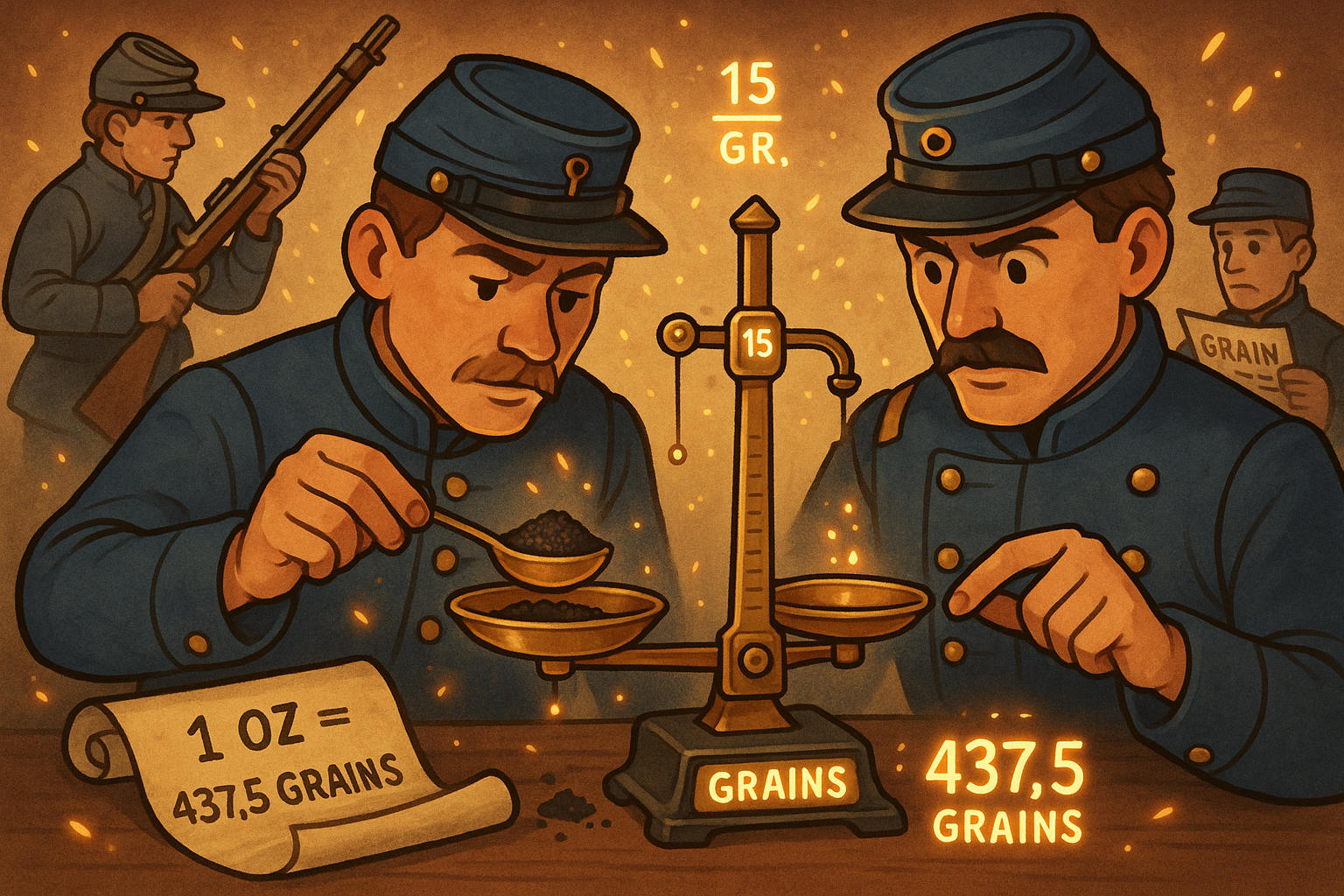ounce to grain - How to convert oz to gr
Need to convert ounces to grains quickly and accurately? This article explains how to convert ounces to grains (oz to gr) using formulas, facts, and real-world references to help you understand the units better.
Ounces(oz) and Grains (gr) - What do you know?
An ounce (oz) is a unit of weight used in the imperial system, commonly applied in the United States and the UK. It shows up in many fields like cooking, nutrition, and jewelry.
For most everyday conversions, we use the avoirdupois ounce, which is defined as:
-
1 avoirdupois ounce = 437.5 grains
If you're working across various systems, it helps to use a reliable unit converter to ensure you're using the correct version.
A grain (gr) is a small unit of mass that dates back to ancient times and is still used today in highly specialized fields such as: Pharmaceuticals, Ammunition reloading, Archery, and sports shooting, Jewelry and precious metals
Need to compare this with other weight units? Use our weight converter for quick answers.

How to Convert Ounce to Grain?
The formula is simple and consistent:
grains = ounces × 437.5
Example: If you have 2 oz:
2 × 437.5 = 875 grains
Of course, if you want instant results with no math, our conversion will handle everything automatically.
Did You Know?
-
An ounce of gold in the troy system equals 480 grains, not 437.5. This unique system still governs international gold and silver trade.
-
A single grain of barley was the original inspiration for this unit. It was once believed that three dry barleycorns laid end-to-end equaled one inch, and the grain weight standard evolved from that.
-
Modern bullets are still measured in grains. A typical 9mm handgun bullet weighs 115–147 grains, where small variations can significantly affect performance.
-
Classic aspirin tablets in the U.S. are sometimes labeled in grains. A 5-grain aspirin tablet is equal to about 325 mg — still a medical reference point today.
The Civil War and Grains of Precision
During the American Civil War, military engineers relied on grains to measure the exact amount of gunpowder needed for different firearms. The stakes were high: too little powder meant weak shots, too much risked injury or weapon damage.
Grain-based measurements were key to standardizing ammunition loads in the field, and even today, ammunition reloading manuals reference grain weights for precision. These small units ensured safety, accuracy, and consistency — all without modern tools.
The grain’s legacy is preserved in military manuals, ammunition factories, and high-precision lab scales. It’s one of the few ancient measurement units still actively used in 21st-century science and defense.

Conclusion
Whether you're managing bullet weights, formulating medications, or simply curious about unit conversions, understanding how to convert ounces to grains (oz to gr) is valuable knowledge. With 1 oz equal to 437.5 gr, the math is easy, but the applications are powerful.
And when precision matters, don't leave it to guesswork. Use Jetcalculator’s conversion tool for even more flexible and accurate results.

